Switching Cohorts Provides New Opportunities
Many friend groups were split up by the cohort system, but when the second quarter started, some students were able to switch cohorts.
December 8, 2020
The 2020-21 school year has been, for many students, blemished by the very institution that made it possible: the Two Cohort System. In order to avoid a complete shutdown of in-person school, BSM split the student body into two groups who attend school on alternating days. While this has been largely successful and the initiative and foresight on the part of BSM’s administration to keep students in school must be applauded, it was not without consequence.
While the student body was split in half, the cohort system is much more complicated than it may seem. Due to multi-grade classes, it did not split grade levels evenly. Further, it did not take friend groups into account when separating the cohorts. Such considerations would have made the cohort system exceedingly difficult to formulate. Although it is understandable and the blame cannot be placed on the administration, many students were placed in cohorts that proved to be problematic for an array of reasons.
I was touched by this issue personally, being placed in Cohort 2 to begin the school year. When I found out that very few of my friends were in the same cohort as I was, I tried to limit my distress, hoping that I might meet new people and salvage a social life at school. However, with social distancing, mask wearing, added lunch periods, and block schedule, this obstacle proved insurmountable. I hardly talked to anyone at school and rarely saw my friends outside of school. School had become something to endure rather than an experience for me.
School had become something to endure rather than an experience for me.
— Nick Marinaro
Luckily, the BSM administration was receptive to these qualms, and many students who submitted their request in a timely manner and through the proper channels were considered for transfer. While the issues with a student’s cohort varied, the most prevalent had to do with friends. “Cohort 2 had a lot less people and a lot less friend groups, so it was kind of mundane. School was not very engaging,” senior Josie Nelson said.
In many cases, administration was able to effectively meet students’ requests to switch cohorts. “My friend and I were able to email explaining the situation and they made the change because of our request,” senior Meagan Watts said.
It appears that these cohort changes have effectively restored many of the positive social aspects of school in students affected. In a Knight Errant survey, all students who switched cohorts indicated that they were happy with their decision to do so. “Now, in Cohort 1, school is a lot more fun because there’s more people and I’m with my friends. I think it’s easier to participate in class and be more excited to come to school now,” senior Josie Nelson said.
I can certainly attest to this; although school is certainly not “back to normal”, changing cohorts has given me a much needed glimmer of normalcy in these trying times.











































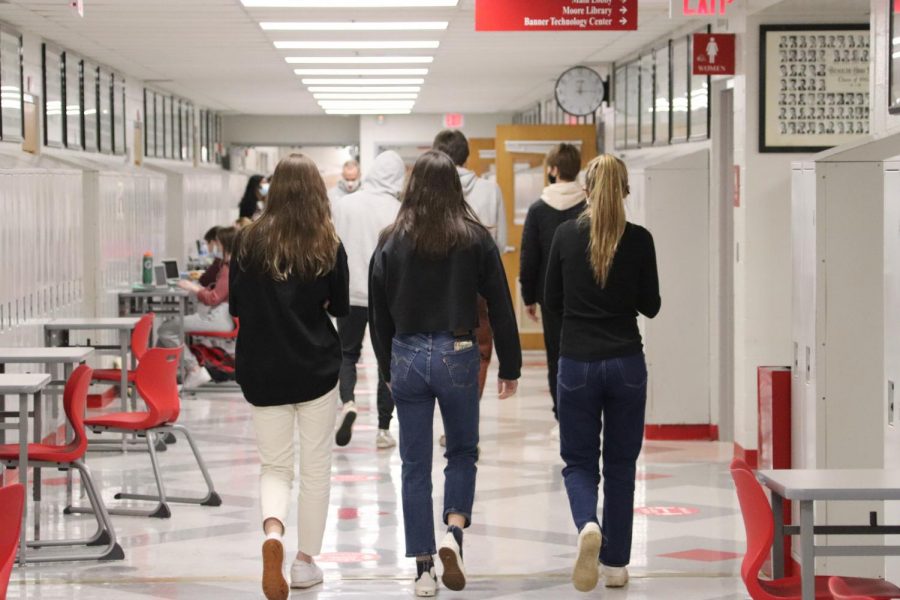



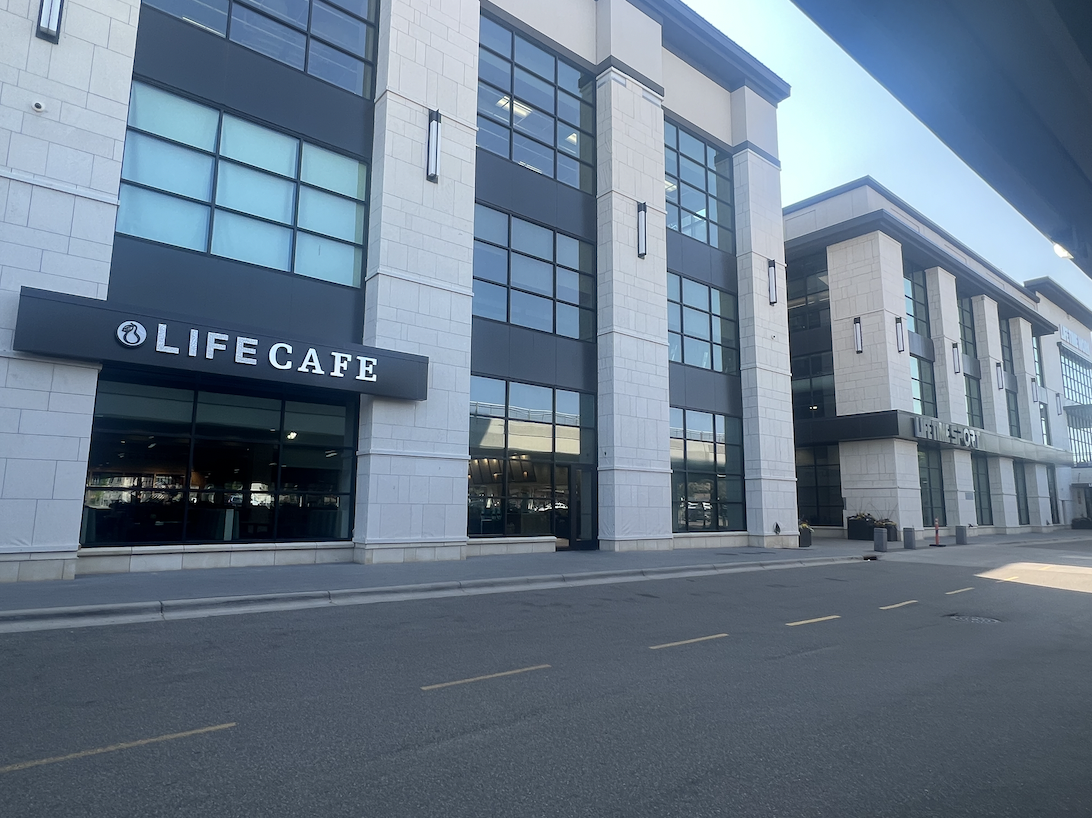


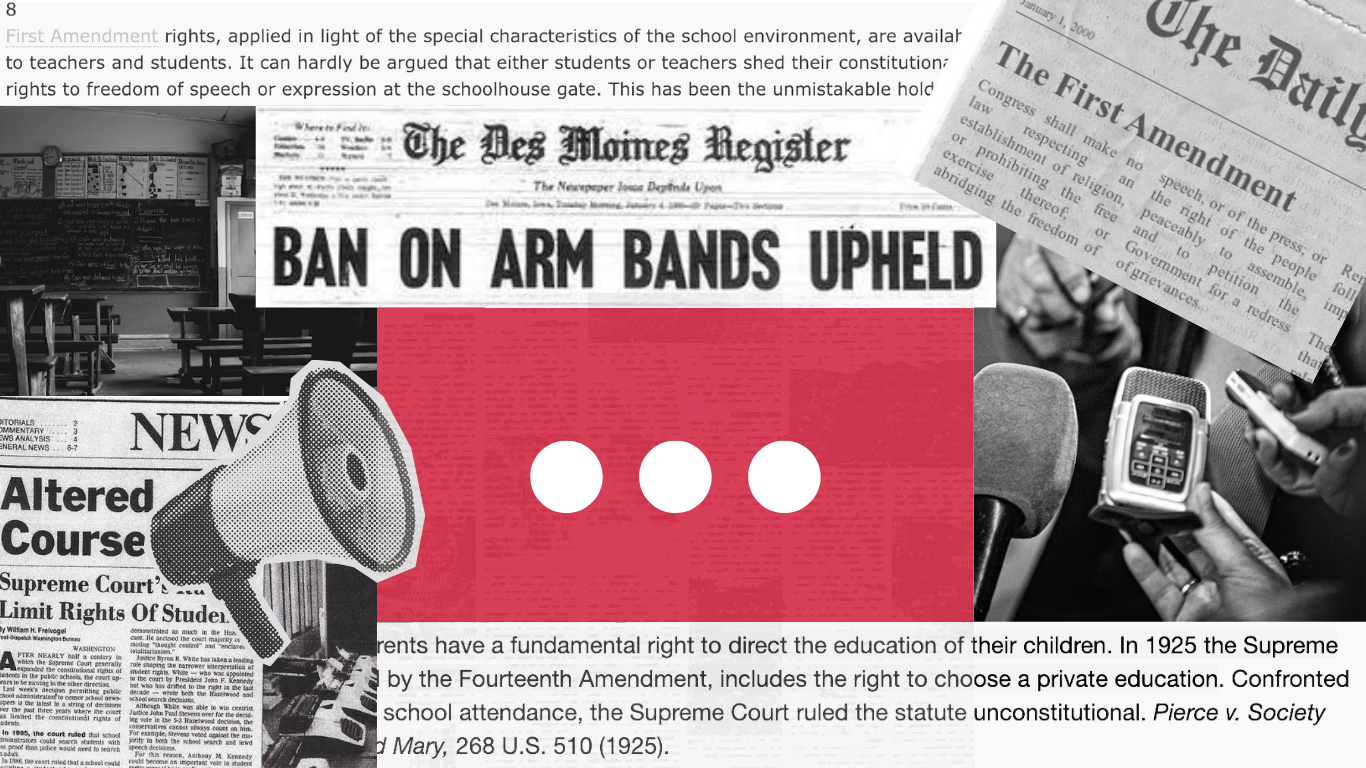
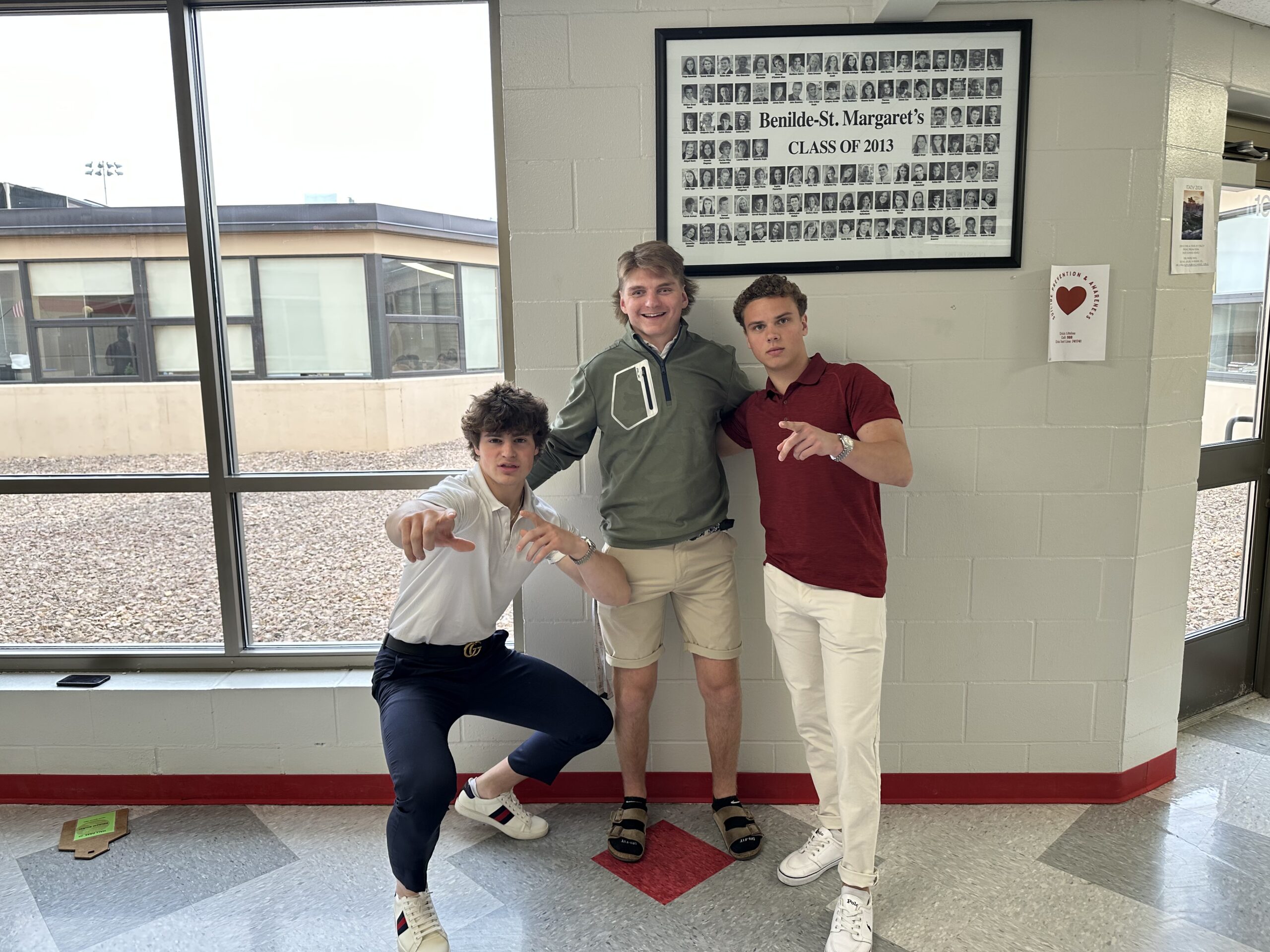


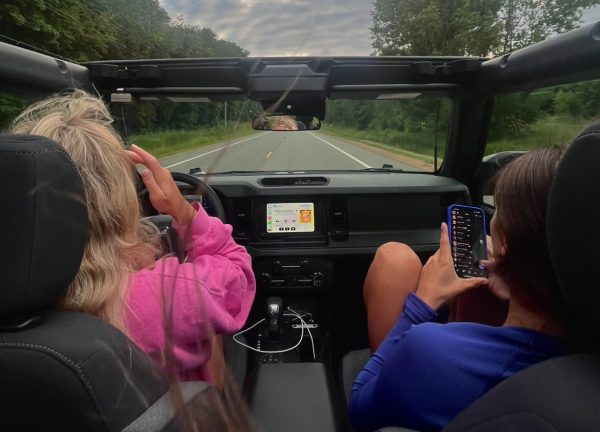



mhawkins • Dec 9, 2020 at 11:11 am
Great article.
You gave an outsider looking in an insight into the big picture.
Kudos to both the administration and the students for adjusting and making the
most of bad situation.
All the best…
Michael Hawkins